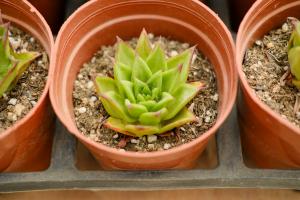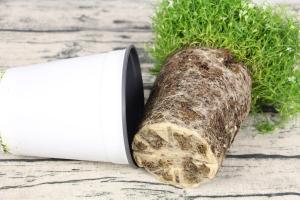1、 Curing method
1. Soil: the soil prepared for rainbow purslane needs to have good drainage. When preparing soil, an appropriate amount of coarse sand can be added, and the main body can use garden soil
2. Watering: it is a very drought resistant plant, but also afraid of waterlogging. It doesn't matter to water less when watering, but don't have ponding. Generally, it can be poured once every 4-5 days

3. Light: give it enough light during its growth period. Lack of light will make it grow long and dim in color. It should be noted that in summer, when the noon light is relatively strong, shade is needed to avoid exposure to the plants
4. Temperature: its best growth environment temperature is 20-25 ℃. It has poor low temperature resistance. In winter, try to spend the winter indoors and keep the temperature above 10 ℃

2、 Breeding skills
1. Cutting: the best time for cutting is in April of spring, or from September to October. Choose strong branches, dry the wound, and then you can cut. The survival rate is very high
2. Grafting: the grafting method needs to cut the cut of the scion into a duck's beak shape, then select an older branch as the rootstock, bind it with plastic film after inserting, and keep it in the semi shade for 10-15 days

3、 Diagnosis and treatment problems
1. Anthrax: This is one of the common diseases of rainbow purslane. In the early stage of the disease, it needs to be sprayed with 800 times of 75% chlorothalonil wettable powder in time
2. Scale insects: This is a very common plant pest, which causes great damage to the plant. In the early stage of discovery, it is necessary to spray drugs in time until it is cured

4、 Other issues
1. Whether it can be cultured indoors: Rainbow purslane can be cultured indoors, but when breeding, try to put it in a better lighting position. If there is no light, it will grow too long and the leaf color will be dim
2. Toxic: Rainbow purslane is not toxic. It is a kind of plant with very bright colors. Breeding at home will be very lively and harmless to human body


 jackfruit
jackfruit snake plant
snake plant hibiscus
hibiscus hydrangea
hydrangea lavender
lavender Green roses climb al...
Green roses climb al... If you don't pay att...
If you don't pay att... Management of four g...
Management of four g...


































